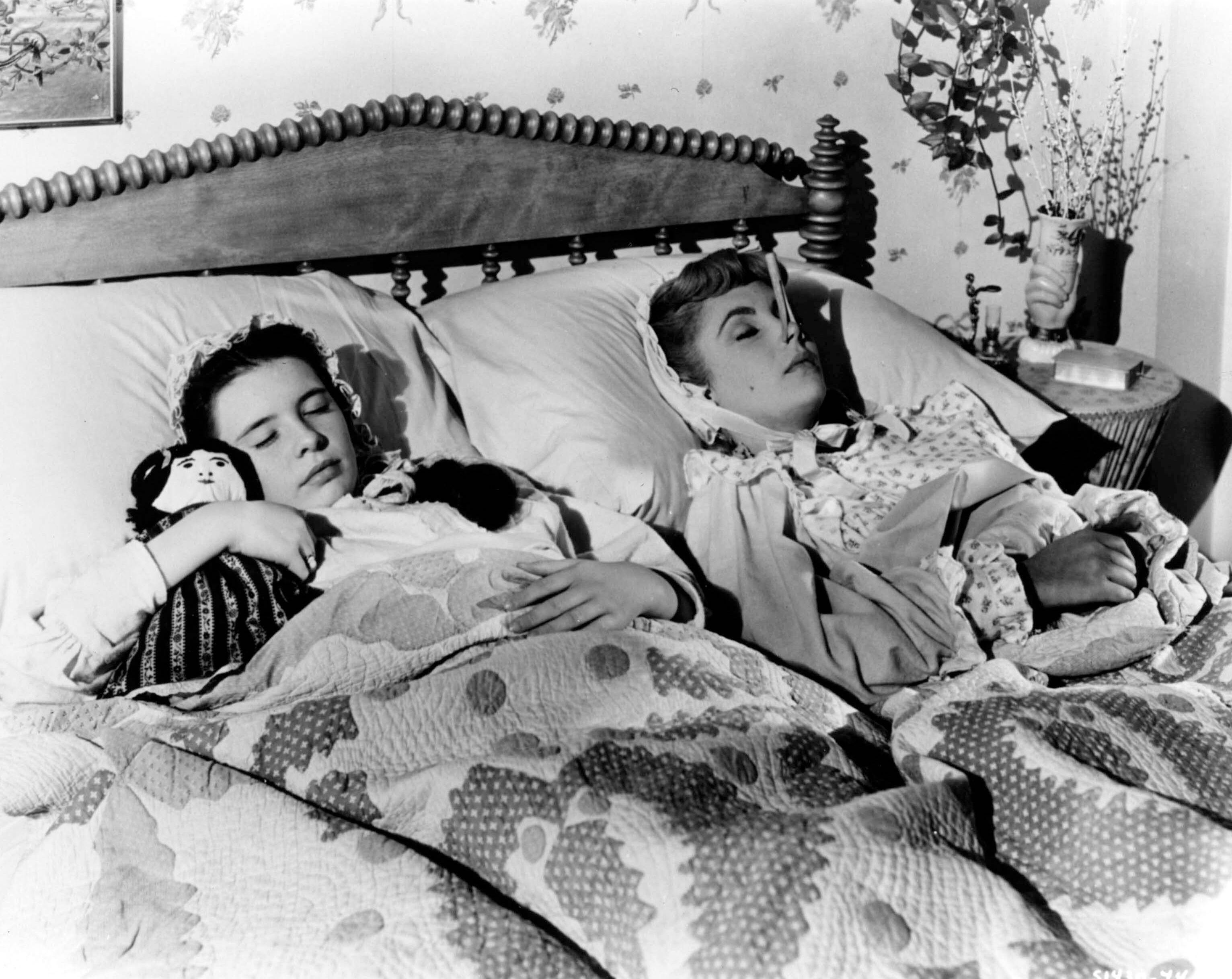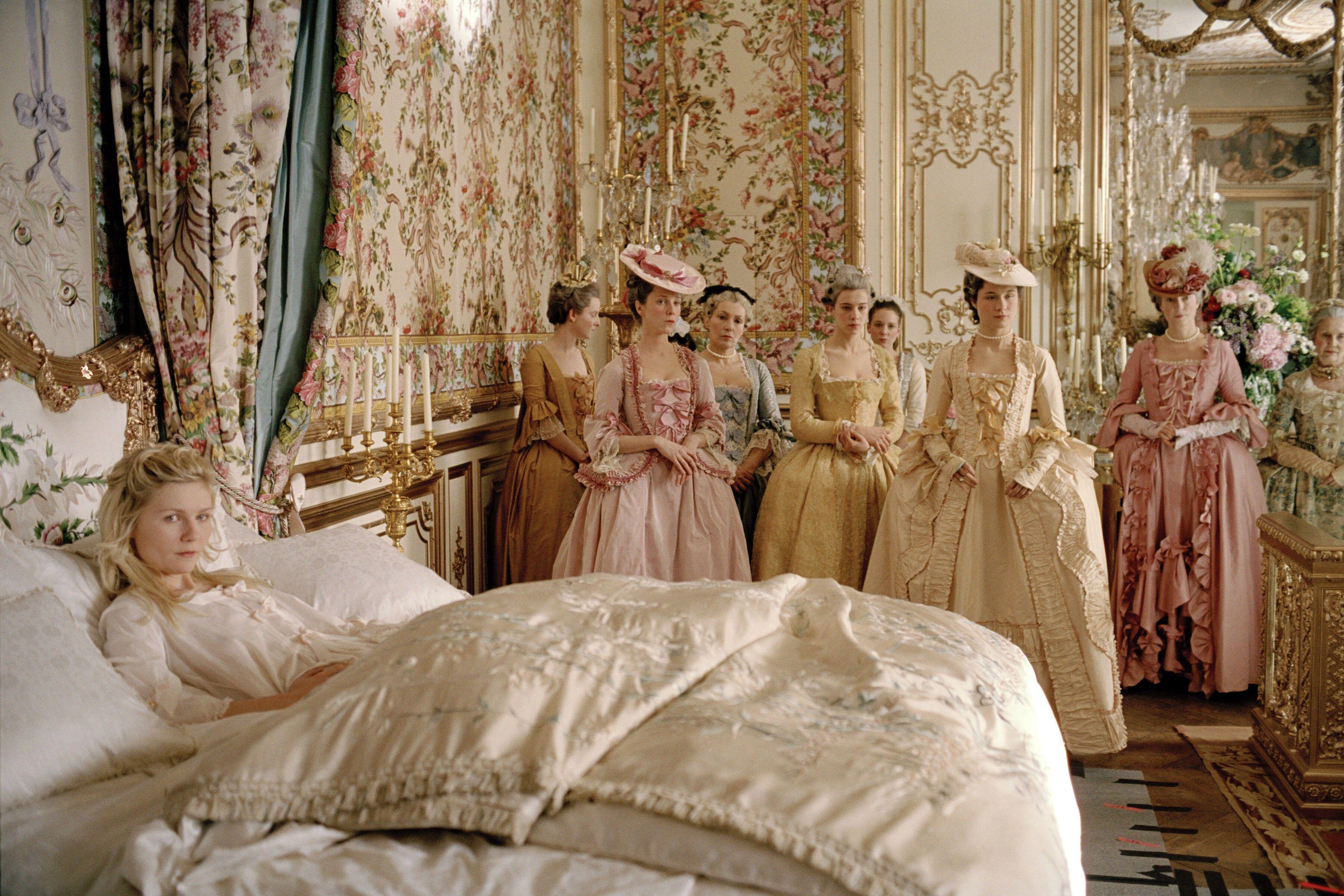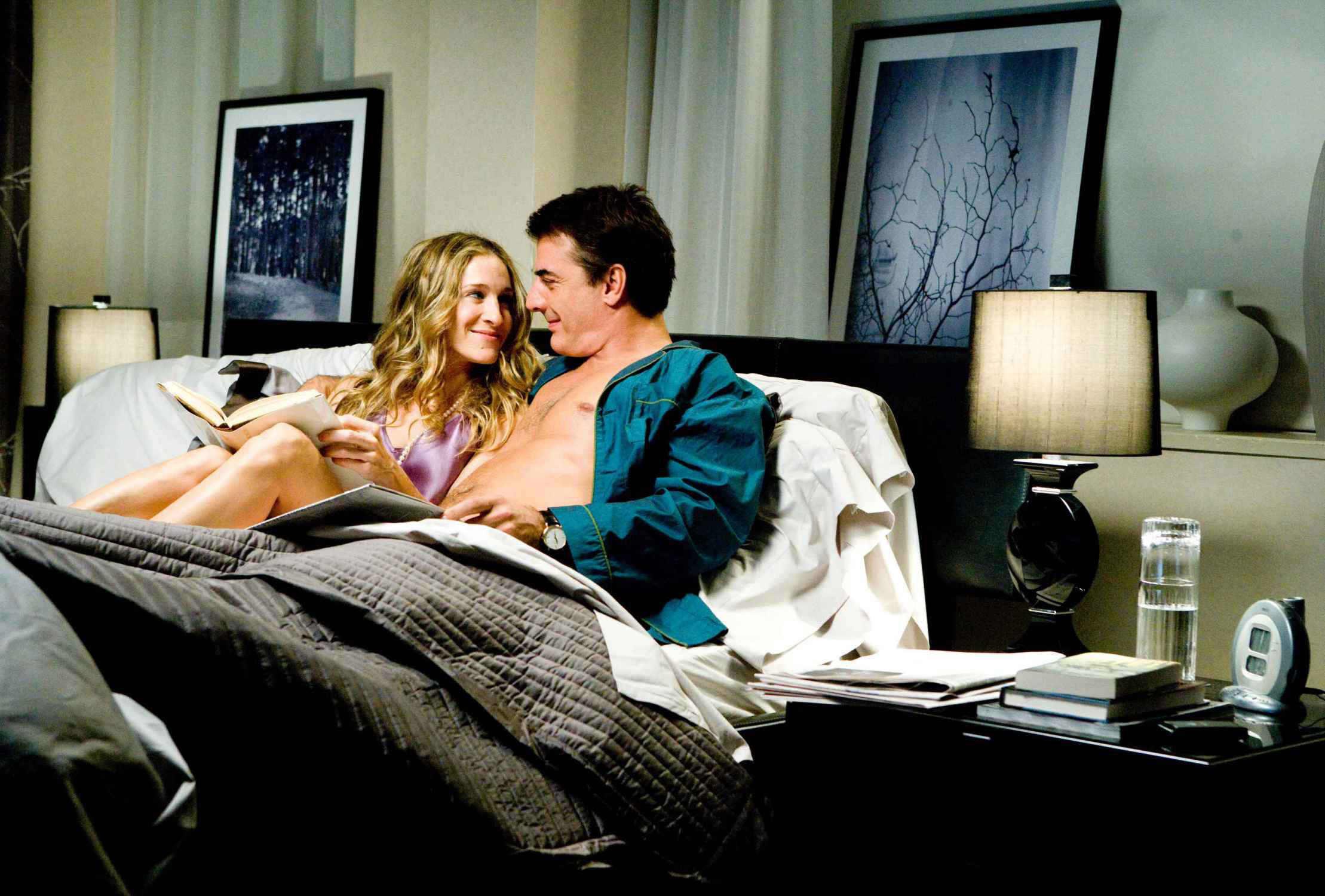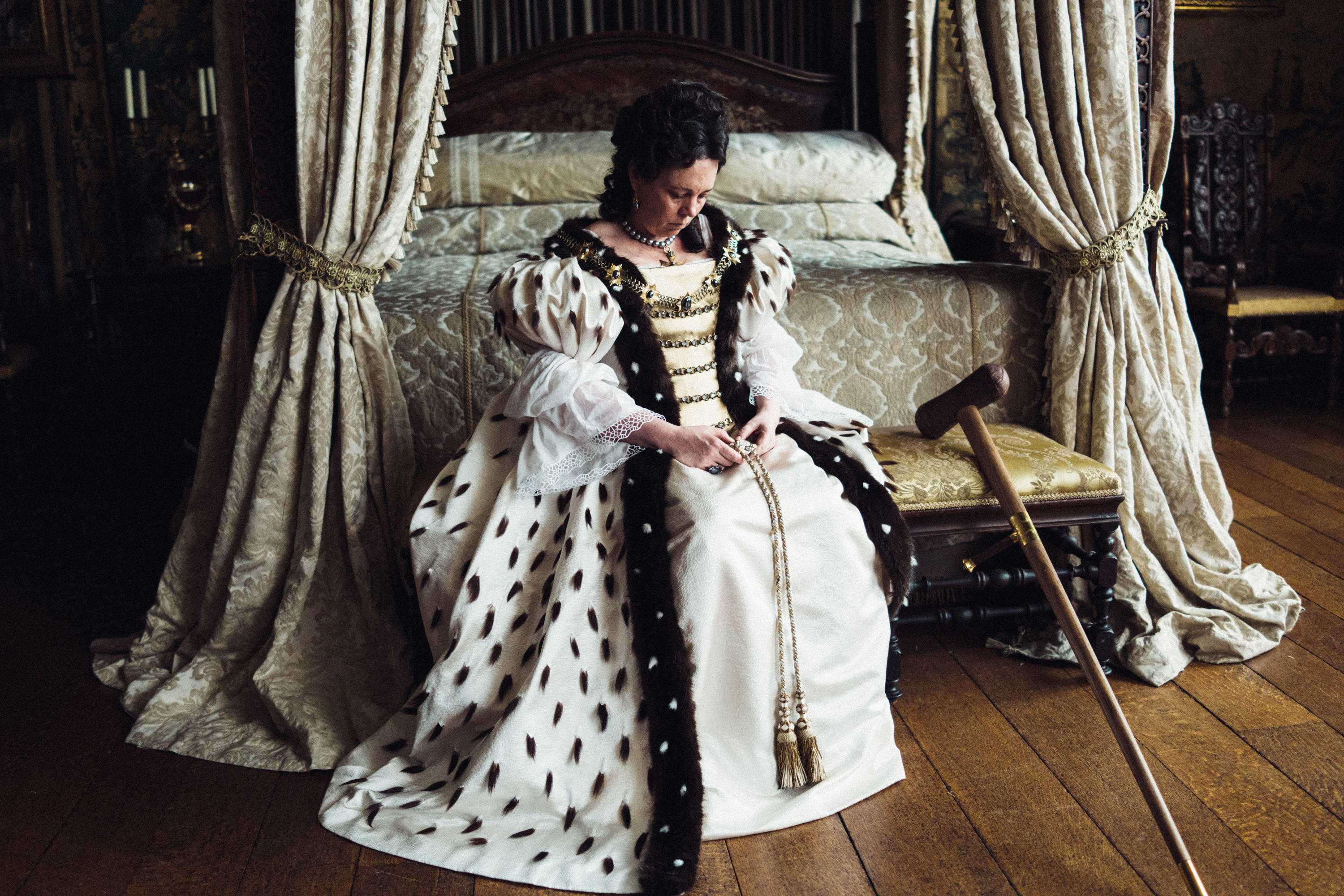'She dismissed the twin bed as the invention of the Devil': A brief history of country-house sleeping etiquette
Forget the standard double: country-house sleeping layouts have undergone all sorts of intriguing (and eyebrow-raising) shifts throughout history, observes Melanie Cable-Alexander.

When Jon Culverhouse went for his second interview to be curator of Burghley House in Lincolnshire, he was invited to stay overnight at the estate — together with his future wife. ‘We were due to be married in a month’s time,’ he recalls. ‘Yet, we were given separate guest flats to stay in. It was quite remarkable, because it was relatively modern times — 1984.’ It was his first taste of what life at Burghley would be like.
There is a long-standing tradition among Britain’s aristocracy for couples, even married, to sleep apart. As Lady Pamela Hicks, cousin of the late Duke of Edinburgh and former lady-in-waiting to Elizabeth II, told biographer Sally Bedell Smith in Elizabeth the Queen: The Life of a Modern Monarch: ‘In England, the upper classes always have had separate bedrooms. You don’t want to be bothered with snoring or someone flinging a leg around. When you are feeling cosy, you share your room… It is lovely to be able to choose.’
Far from being a sign of distance or dysfunction, sleeping separately was — and still is, in some circles — a mark of elegance, practicality and personal comfort. Not only that, notes Julian Fellowes, creator of Downton Abbey, it may actually help sustain marriages. ‘I am quite sure their decision to have their own bedrooms and, occasionally, to share them, is one of the main reasons why divorce is kept to a minimum in really aristocratic circles,’ he notes.
Quite so, adds Lady Celestria Hales, president of the Knights of Malta. ‘Having separate rooms, and for the gentleman to visit the lady at night, helps preserve the romance. It’s completely normal — if you have a big enough set-up — and if you’re really lucky, you’ll have a bathroom each, too, even as a guest.’ Today, you might even enjoy an American-style dressing room, a walk-in closet, which, according to Clive Aslet, visiting professor of architecture at Cambridge University, ‘has become a new thing in the past 20 years’.
It’s not only the upper echelons of society who appreciate separate rooms. According to the 2022 YouGov Sleep Study, one in seven people say they prefer to sleep apart from their partner. Snoring, duvet-hogging and mismatched routines top the list of reasons, but many may not realise they’re partaking in a tradition steeped in history — and, unwittingly, echoing the advice of Marie Stopes.
Next year marks the 70th anniversary of her lesser-known, but prescient book Sleep, in which the pioneering campaigner for women’s health, family planning and marital harmony dismissed the twin bed as ‘the invention of the Devil’. Instead, she argued for the freedom of separate rooms: ‘The wife [should] have a room with a double bed and the husband… a bedroom to himself for general use, keeping the wife’s bedroom a romantic place.’

Kirsten Dunst in the film 'Marie Antoinette' (2006).
Before twin beds, shared and even communal sleeping was the norm. However, in the 19th century, American physician William Whitty Hall condemned it as not only ‘unnatural, but degenerative’. His views were endorsed by the founder of reflexology, Dr William Fitzgerald, who declared that ‘separate beds for every sleeper are as necessary as separate dishes for every eater’. The concern was less about decorum than disease. As Hilary Hinds of Lancaster University explains: ‘There was a high degree of disease anxiety. There was still the belief that disease arose in foul air’ — a fear exacerbated by the Industrial Revolution.
Exquisite houses, the beauty of Nature, and how to get the most from your life, straight to your inbox.
When Sleep was published in 1956, twin beds had been the norm for almost a century. Prof Hinds stumbled upon their curious cultural legacy when researching another subject — ultimately producing her 2019 book A Cultural History of Twin Beds, funded by the Wellcome Trust. ‘I kept coming across references to twin beds as being modern, hygienic and more comfortable than double beds. It was those three words that got me really interested,’ she explains. The subject continues to resonate. ‘Ever since I wrote the book, I keep being asked to comment on people’s sleeping habits and arrangements.’
It’s a fascination shared by others. Writers such as Bill Bryson and Lucy Worsley have explored the evolution of sleeping customs in their works. Architectural historian Mark Girouard argued that sleeping arrangements have not only shaped social dynamics, but the very fabric of country-house architecture.

Sarah Jessica Parker and Chris Noth in 'Sex and the City'.
Deans Court in Dorset offers a clear example of how bedroom arrangements evolved alongside shifting societal expectations. ‘The Georgian section of the house was originally designed with five very large, interconnecting bedrooms — there were no corridors,’ confirms its owner, Sir William Hanham, whose family has lived there for 500 years. ‘By the Victorian era, however, three more bedrooms had been added and a corridor built. Privacy had become more important.’
That is, of course, unless you were part of the Prince of Wales’s (later Edward VII) famously amorous Edwardian entourage. ‘They led lives rich with romantic entanglements,’ says author Jessica Fellowes, drawing on Anita Leslie’s Edwardians in Love. Large country houses often had bachelor wings for unmarried men and separate quarters for unmarried women. Once a couple had married and the wife had fulfilled her dynastic duty, producing an heir and a spare, she was generally free to pursue her own affairs. Discretion, however, was vital. ‘You can still sometimes see little brass brackets on bedroom doors in long corridors,’ reveals Ms Fellowes. ‘These held name slips — ostensibly to help the butler, but, in practice, useful for other reasons.’

Olivia Colman spent a lot of time in a bed in the film 'The Favourite'.
At Wentworth Woodhouse in South Yorkshire, widely believed to be the largest house in England, guests at shooting parties were even given maps to their bedrooms. This, we would imagine, would have been especially helpful for navigating between married and bachelor wings. Separate bedrooms were not only a tradition, but a practical necessity.
Marital fidelity and love, of course, were aspirations of the Season, especially among the Georgians. Queen Victoria, too, fitted the mould. When she stayed at Burghley, a bed was ‘specially garnished up and reupholstered’ for her and Prince Albert’s visit in 1844, says Culverhouse. ‘Given that the young Victoria was quite fond of horizontal athletics, she was very much not going to be sleeping apart from Albert. There’s a rather lovely diary by one of the daughters of the house… she writes that the Queen and Prince Consort did not come down for breakfast, but were later seen walking hand in hand in the garden.’
At Burghley, changes to the social tapestry of bedrooms are easy to trace, thanks to ‘remarkable inventories of the contents, from 1688 to the present,’ says Culverhouse. ‘We can see which married earls shared beds in the past and which didn’t.’ When he joined the team, Lady Victoria Leatham was chatelaine and ‘she and her husband slept in the master bedroom on the ground floor, which has long been used by the family’. Today, her daughter Miranda Rock and her husband, Orlando, live there with their four children. ‘They elected to move up two floors and now occupy what we call the top West Wing, which is 82 staircase steps upwards’ — without a lift.
Many houses now open to the public or are used for events. At Eastnor Castle, Herefordshire, James Hervey-Bathurst explains that ‘there used to be dressing rooms en suite with all the guest bedrooms. The men were shown into the dressing room and unpacked there. We’ve now converted those rooms to doubles and the interlinking doors are locked’.
Nevertheless, old habits die hard. One owner, who prefers to remain anonymous, recalls a relatively recent stay at Chatsworth, Derbyshire. ‘My case was taken into the dressing room and unpacked there, with my wife’s dress that I had brought with me carefully removed and placed in her room next door. All completely correct heritage bedroom form.’
This article was originally published in Country Life in the July 23 issue.